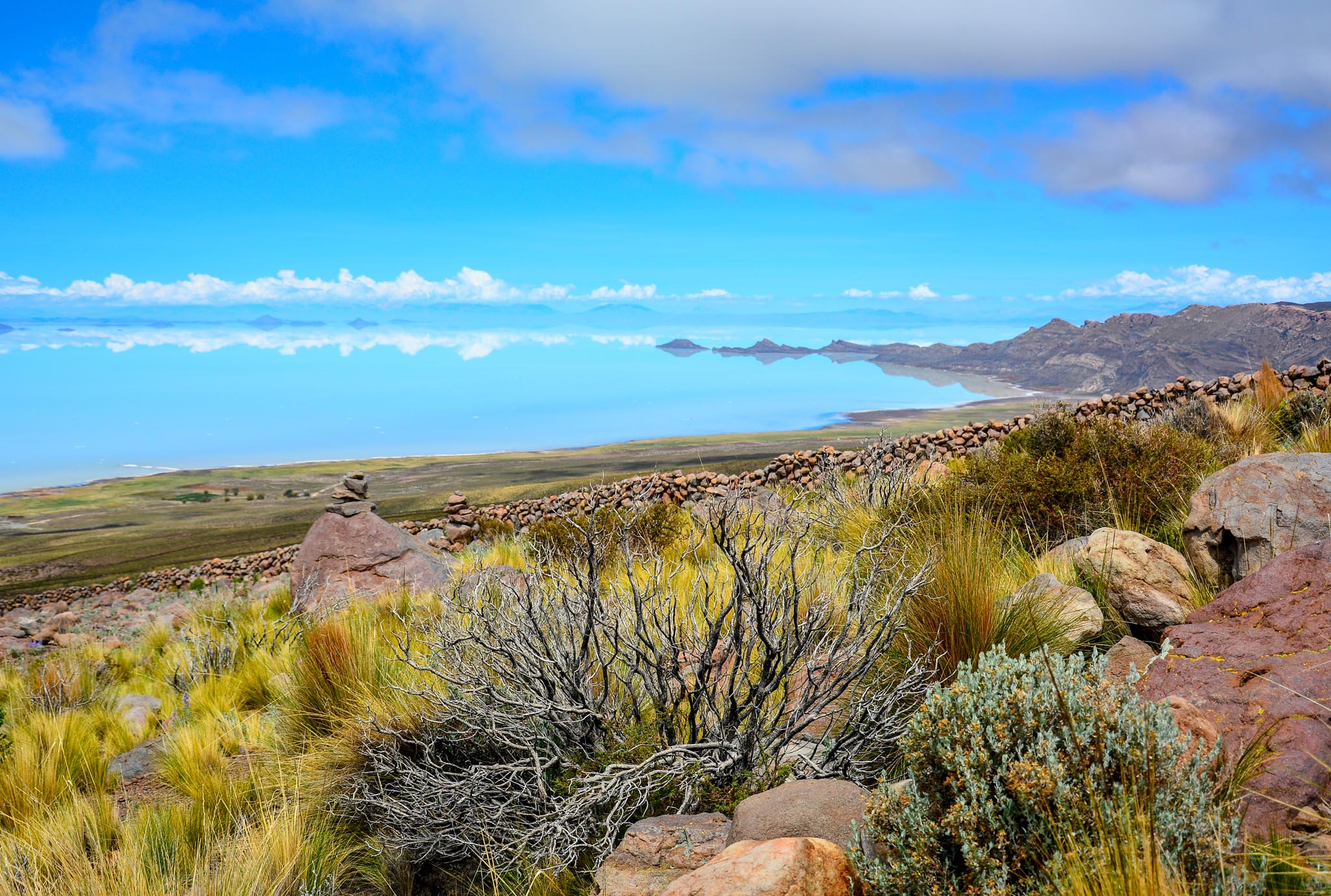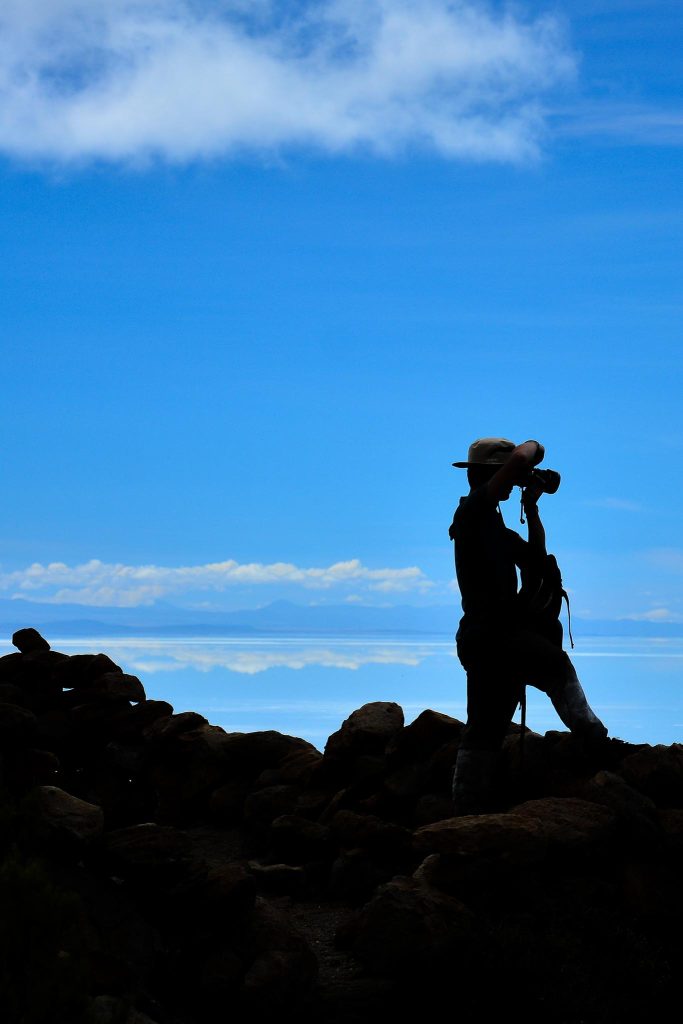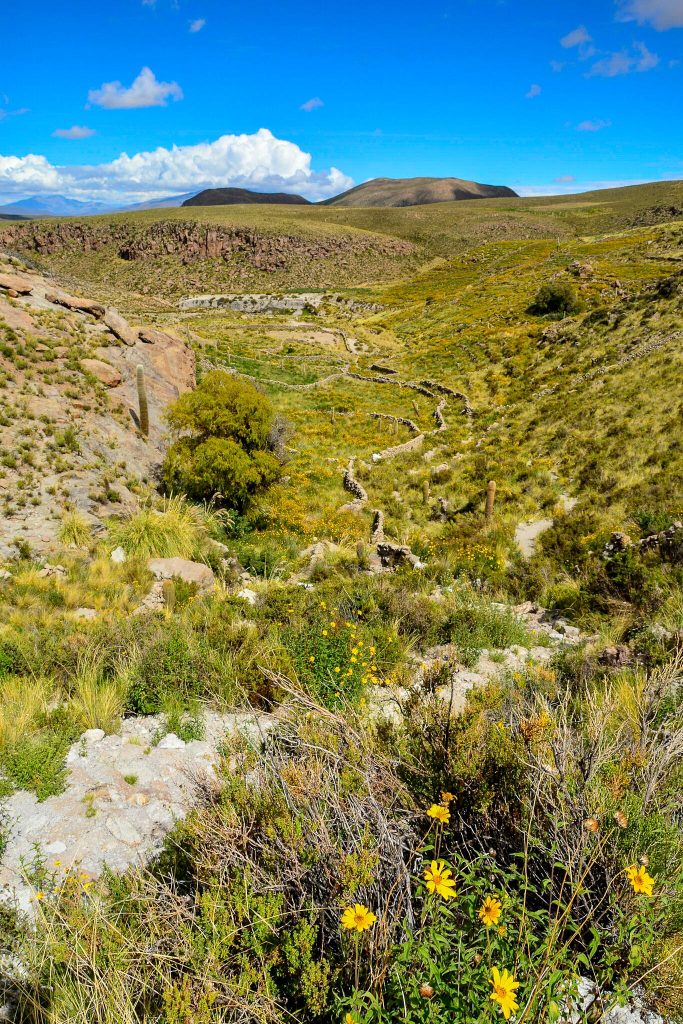
Uyuni – Land of Salt and Extraordinary Landscapes
Located in southern Bolivia, the town of Uyuni is the gateway to one of the most surreal attractions in the world – Salar de Uyuni. It is the largest salt desert on Earth, stretching over 10 thousand square kilometers. Regardless of the season, Uyuni delights with its extraordinary landscape – in summer it resembles an endless white plain, and in the rainy season it turns into a giant mirror, reflecting the sky.
What's worth seeing?
The biggest attraction is of course Salar de Uyuni itself, but the region offers much more. The Train Cemetery is worth a visit, where rusty locomotives remind us of Uyuni's former importance as a major railway junction. Other attractions include the Inkahuasi and Isla del Pescado islands, covered with giant cacti that contrast with the white salt. Nature lovers should also visit the nearby Eduardo Avaroa Reserve, where you can admire colourful lagoons, volcanoes and flocks of flamingos. The best place to see them is the Tunupa volcano in the north of the lake, and a trip there is no easy feat.
Practical tips
It is best to plan a trip to Uyuni from the cities of La Paz, Sucre or Potosi. Tours of Salar de Uyuni last from one to three days, and the nights can be very cold, so it is worth taking warm clothes. Also remember to bring sunglasses and sunscreen, this place is located 3653m above sea level
Best time to visit
The best time to travel to Uyuni depends on the effect you want to see. The dry season (May-November) is ideal for those who want to experience the endless white expanse and drive through the salt desert. In the wet season (December-April), the surface of the Salar de Uyuni is covered with a thin layer of water, creating a spectacular reflection of the sky. Each of these seasons offers different, equally amazing views.










